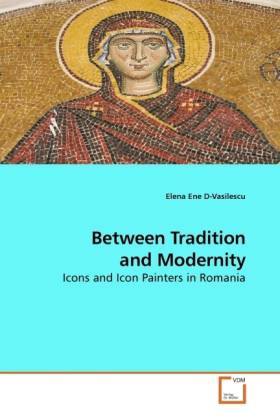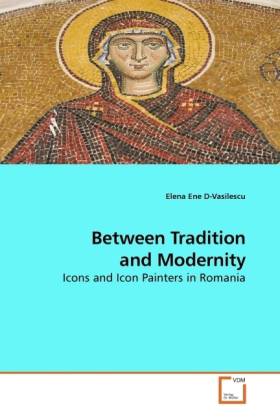
Je cadeautjes zeker op tijd in huis hebben voor de feestdagen? Kom langs in onze winkels en vind het perfecte geschenk!
- Afhalen na 1 uur in een winkel met voorraad
- Gratis thuislevering in België vanaf € 30
- Ruim aanbod met 7 miljoen producten
Je cadeautjes zeker op tijd in huis hebben voor de feestdagen? Kom langs in onze winkels en vind het perfecte geschenk!
- Afhalen na 1 uur in een winkel met voorraad
- Gratis thuislevering in België vanaf € 30
- Ruim aanbod met 7 miljoen producten
Zoeken
Between Tradition and Modernity
Icons and Icon Painters in Romania
Elena Ene D-Vasilescu
Paperback | Engels
€ 77,95
+ 155 punten
Omschrijving
In the religious culture of a significant part of Europe, the icon as a liturgical element of the Orthodox Church plays an important role. For a believer, it can have a transformative impact. It is a means towards the realisation of personhood because it brings people into direct relationship with God. The holy person depicted in the icon becomes present through it. The icon is thus a means of knowing God. Since the icon participates in the holiness of the represented and reveals the incorruptible kingdom of God , through it the beholder becomes a participant of divine life . It means that a human being becomes capable of transfiguring matter and creating the sacred. This book encapsulates such concepts particularly as they apply to the icons of Romania. It also provides an overview of the history of icon painting in general and concludes that Romanian icons exhibit a wide variety of styles, all reminiscent of a common Byzantine tradition. It will be of particular interest to Art historians, Byzantinists, Church historians, theologians, medievalists, artists and icon painters.
Specificaties
Betrokkenen
- Auteur(s):
- Uitgeverij:
Inhoud
- Aantal bladzijden:
- 204
- Taal:
- Engels
Eigenschappen
- Productcode (EAN):
- 9783639205954
- Uitvoering:
- Paperback
- Gewicht:
- 288 g

Alleen bij Standaard Boekhandel
+ 155 punten op je klantenkaart van Standaard Boekhandel
Beoordelingen
We publiceren alleen reviews die voldoen aan de voorwaarden voor reviews. Bekijk onze voorwaarden voor reviews.









